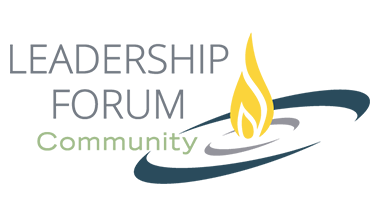 Community Asset Mapping – Seeing and Leveraging Community Resources
Community Asset Mapping – Seeing and Leveraging Community Resources
Summary
Community Asset Mapping is a participatory approach to identifying and leveraging the resources, strengths, and capacities within a community. Rooted in methodologies like Asset-Based Community Development (ABCD), Positive Deviance, and Participatory Action Research (PAR), this process engages community members to recognize their assets and foster collaboration, build capacity, and address community needs.
Usage
Community Asset Mapping is used to empower communities by recognizing and utilizing their existing resources. It is a practical tool for community development, planning, and engagement activities. It helps in identifying opportunities for collaboration, promoting social cohesion, and designing interventions that build on the community's strengths. It can be used to:
- Identify existing resources and strengths within the community
- Promote community engagement and participation
- Facilitate collaboration and resource-sharing
- Inform decision-making and strategic planning
- Empower communities to take ownership of their development
Description
Community asset mapping is a bottom-up approach that recognizes and builds upon a community’s existing strengths and resources. It shifts the focus from deficits and needs to assets and capacities. It involves creating a visual representation or inventory of the community's tangible and intangible assets, such as physical spaces, organizations, individuals, skills, and cultural traditions.
The process typically involves the following steps:
- Defining the community: Determine the geographic boundaries or shared interests that define the community.
- Engaging stakeholders: Involve community members, organizations, and leaders in the mapping process.
- Identifying assets: Conduct surveys, interviews, or community meetings to gather information about the community's assets.
- Categorizing assets: Organize the identified assets into categories such as physical spaces, organizations, individuals, skills, and cultural traditions.
- Creating a visual representation: Develop a map, inventory, or directory of the community's assets.
- Sharing and utilizing the asset map: Share the asset map with the community and use it to inform decision-making, foster collaboration, and leverage existing resources.
Sample Activity
- Preparation: Gather materials such as large sheets of paper, markers, sticky notes, and digital tools if necessary.
- Introduction: Explain the concept of Community Asset Mapping and its purpose to the participants.
- Brainstorming: Divide participants into small groups and ask them to brainstorm different types of assets in their community.
- Mapping: Each group maps out their identified assets on a large sheet of paper, categorizing them into individual, associational, institutional, economic, physical, and cultural assets.
- Sharing: Groups present their maps to the entire workshop, discussing the assets identified and potential connections or collaborations.
- Discussion: Facilitate a group discussion on how these assets can be leveraged to address community challenges and enhance community strengths.
- Action Planning: Develop a plan to utilize the mapped assets for a community project or initiative, assigning roles and responsibilities.



